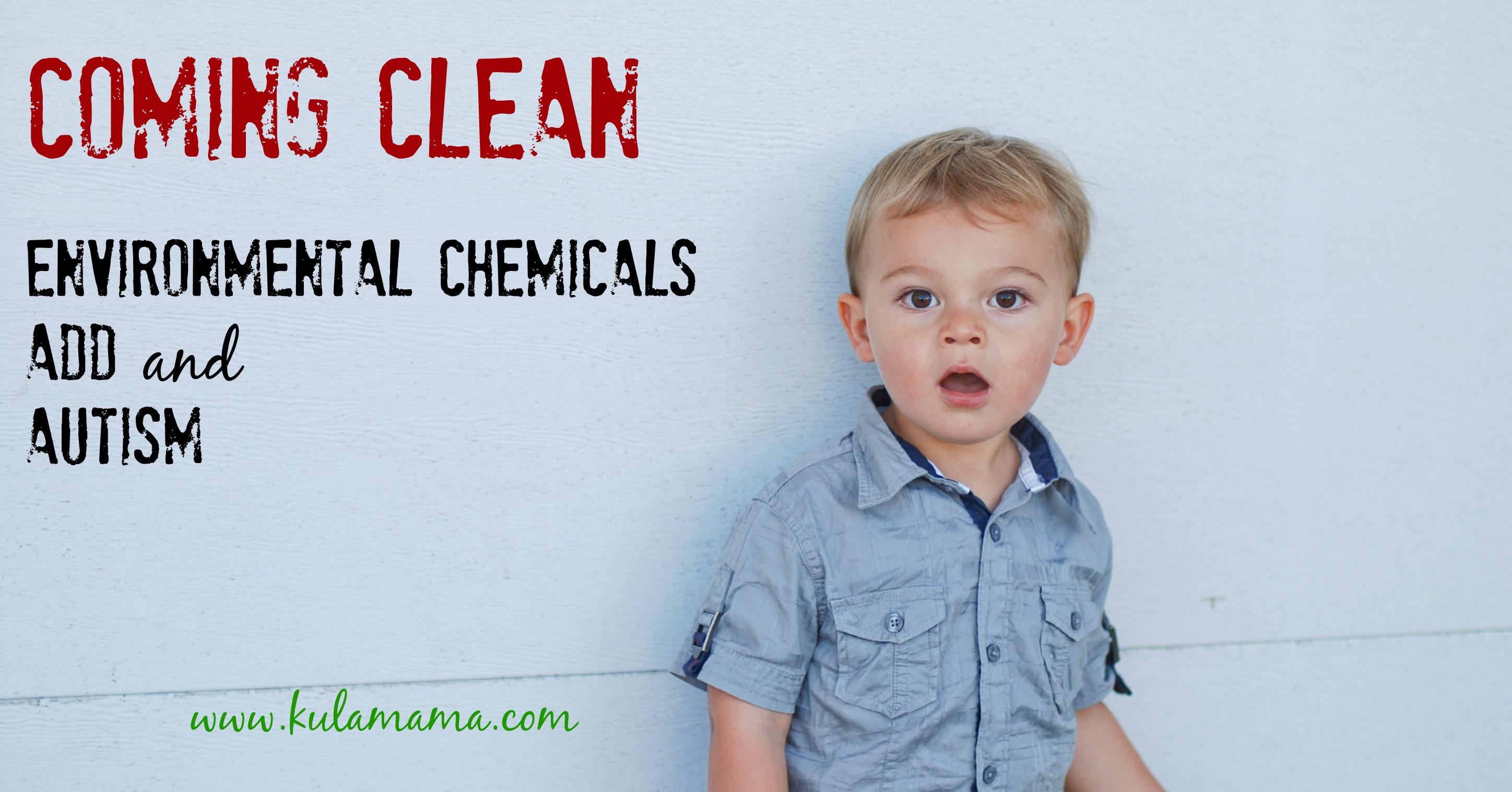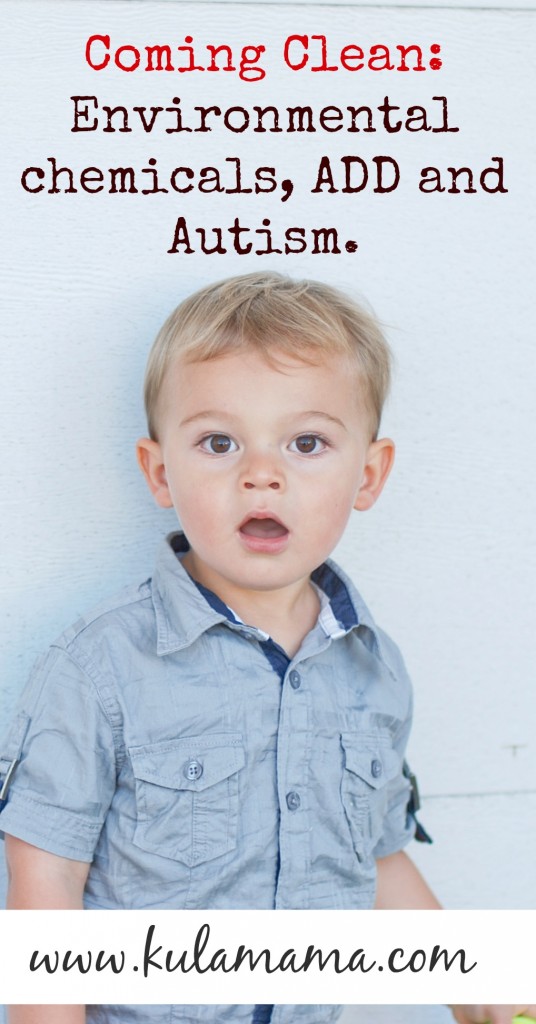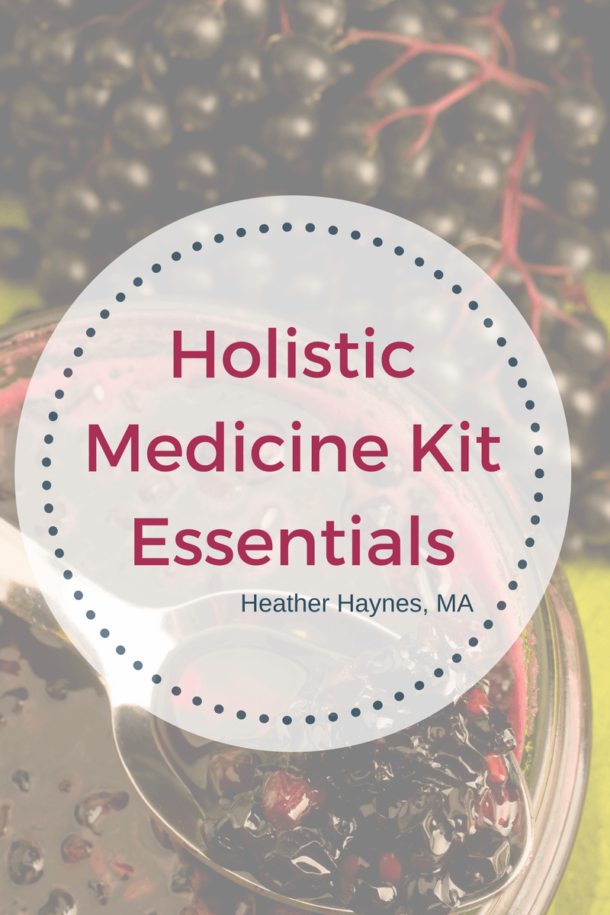I’m sure many of my girlfriends often feel like I’m a wet blanket when it comes to health information…especially environmental health information. My friends can’t put lotion on their kids without apologizing to me first. I laugh, tell them I’m not “that bad” and then offer a plethora of alternatives to their current personal care product regimen. I’m SO fun to hang out with. Last weekend my sister came over for dinner and told me how great she felt since she started eating fish every night for dinner. Did I congratulate her and share in her new found energy? Of course not. Instead I asked her what type of fish and then grilled her about mercury levels and the dangers of eating farm raised salmon.
No wonder she doesn’t visit very often.
Environmental health has interested me for years. Now that I’m a parent, I care deeply about what my baby boy is exposed to on a day-to-day basis. In my first year of graduate school I took an environmental health class and learned all about the chemicals in our everyday products. To say this class was life-changing would be an understatement. My husband especially loved my environmental health education. I know he misses me coming home all wild-eyed and searching the house high and low for toxic products to purge. Ahhh, the good old days.
As parents we often give serious thought to the personal care products we use and the quality of food we feed our children. And guess what? We are right to use caution when it comes to our kids and their exposure to environmental chemicals from food and personal care products. Even as I type this, scientists are exploring the link between these environmental chemicals and disorders such as ADHD and autism. For pregnant mamas out there, it is especially important to avoid exposing your growing baby to environmental chemicals.
Let me provide a few details for those of you who are intrigued. You’re on the edge of your seat, aren’t you?!!!
The Environmental Health Perspective published a peer reviewed study this year and found that higher levels of phthalates in the urine of pregnant women often predicted Attention Deficit Hyperactivity Disorders (ADHD) in their children years later. Phthalates are hormone-disrupting chemicals found in products such as shampoos, conditioners, nail polish, body lotion, PVC plastics, soft plastic toys, etc. I’m a mom to a toddler boy, so I expect flashes of disruptive behavior from time to time, but if chemicals increase the level of behavior problems I’d like to avoid them if at all possible.
I’ve also stressed the importance of organic food for children because of the potential health effects of chemicals used as pesticides and insecticides. It is widely acknowledged that the pesticides and insecticides used on conventional produce have been linked with:
- Nervous system effects
- Carcinogenic effects
- Hormone system effects
- Skin, eye and lung irritation
Now, a new review published in the peer-reviewed journal, Current Opinion in Pediatrics looks at the potential link between the insecticide chlorpyrifos and autism.
Oh boy.
The published review by Dr. Philip J. Landrigan, professor of pediatrics at the Mount Sinai School of Medicine in New York and Director of the Children’s Environmental Health Center, not only identifies the potential link between chlorpyrifos and autism, but it also states the “likelihood is high” that several other environmental chemicals “have potential to cause injury to the developing brain and to produce neurodevelopmental disorders.” Most at risk are developing fetuses and newborn infants. While Dr. Landrigan uses very cautionary language in his review, his message is clear, “If babies are exposed in the womb or shortly after birth to chemicals that interfere with brain development, the consequences last a lifetime.”
Currently, less than 20% of high volume chemicals (those we see in many everyday products) have been tested for neurodevelopmental toxicity. Less than 20%. As a parent it concerns me to know such a small percentage of everyday chemicals have been tested for safety.
Thankfully there are groups out there fighting for the safety of our children when it comes to environmental toxins. After testing the umbilical cord blood of newborn babies and finding over 300 chemicals including; BPA, fire retardants, and lead… the Environmental Working Group started a Kids-Safe Chemical Act petition. The Kids-Safe Chemical Act asks Congress to take action and demand manufacturers to make ALL chemicals in the products we use kid-safe.
I heart the Environmental Working Group.
See, I’m not always a wet blanket. I try to report on the good people are doing to protect our children as well. So maybe I’ve graduated to damp blanket status. You think?
Check the safety of your personal care products HERE.




Oh boy, am I listening! I am 14 weeks preggo with #2…any more info? I am of course paranoid! 🙂 Great info, as always!! Thanks!
Congratulations on your baby Kellie!
There are a few places you can look for more information that I recommend.
First, learn about safe personal care products for children here: http://www.cosmeticsdatabase.com/special/parentsguide/
For the time being, I would treat yourself like a child since you have one growing inside of you 🙂 and use the same safe products. OR, check the products you currently use to see their toxicity level here:
http://www.cosmeticsdatabase.com/
I would eat only organic food (or at least eat organic food as much as possible–your little girl would benefit from eating only organic produce too.) If 100% organic is not possible–make sure you look at this shopper’s buying guide to pesticides to learn more about what produce items have the MOST pesticides so you can buy those organically: http://www.foodnews.org/
I encourage you to become a fan of the Environmental Working Group on Facebook–they send out great information. If you poke around their website you will find all the info and resources you need.
AND FINALLY 🙂 Don’t freak out. We can only do so much in a day (or in a pregnancy in this case) so go easy on yourself and know your baby is growing healthy and happy. Feel free to email me if you want to chat some more!